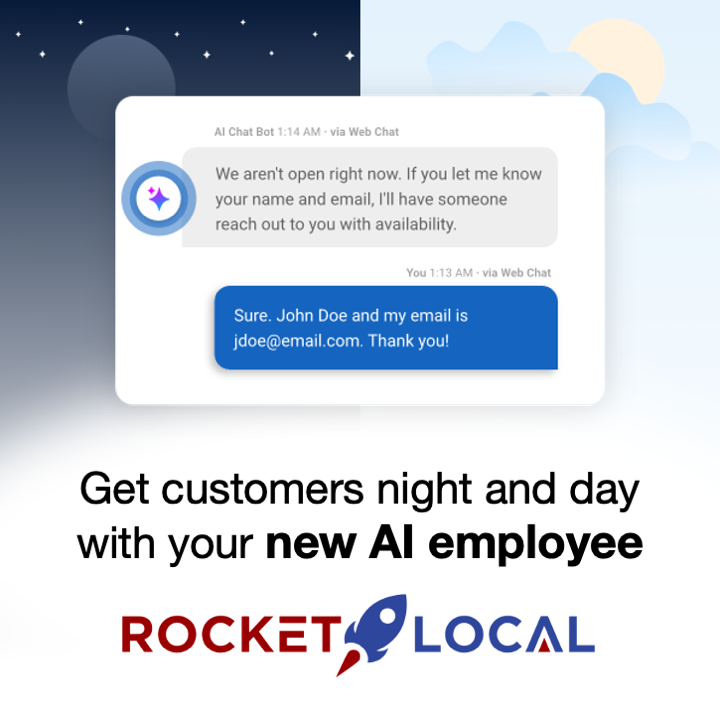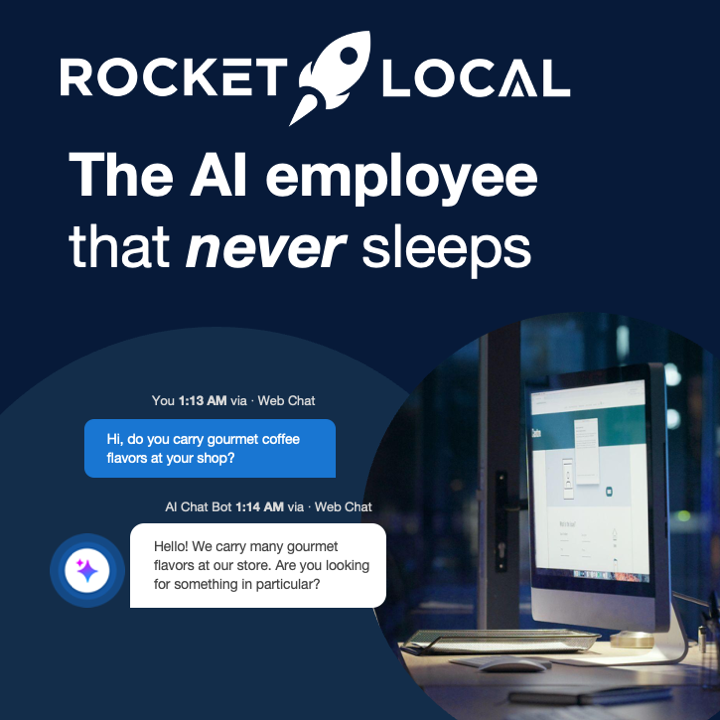In the world of digital marketing, understanding search engine marketing intelligence is key to staying ahead. This guide will walk you through the fundamentals of SEM, the tools you need, and strategies that can really boost your marketing game. Whether you’re just getting started or looking to refine your approach, there’s something here for everyone. Let’s dive into how you can harness the power of SEM to drive success for your business.
Key Takeaways
- Search engine marketing intelligence blends SEO and SEM to enhance online visibility, capturing both organic and paid traffic.
- A strong search marketing strategy is critical since 91% of online users rely on search engines, making it vital for businesses to boost their presence.
- Effective search marketing hinges on thorough keyword research and combining SEO with SEM techniques to reach a wider audience.
Harnessing Search Engine Marketing Intelligence

Understanding the Basics of SEM
Okay, so you’ve heard about SEM, but what is it really? Think of it as your online visibility booster. It’s all about getting your website seen by the right people when they’re searching for stuff online. SEM uses different methods to make this happen, including SEO and paid ads.
- SEO is like gardening – you’re planting seeds (keywords) and nurturing your site to grow naturally in the search results.
- Paid ads, on the other hand, are like renting a billboard – you pay to get your message in front of people right away.
- Both are important, and they work together to get you the best results.
SEM is not just about getting clicks; it’s about getting the right clicks – the ones that turn into customers.
The Role of Data in Marketing Success
Data is the secret sauce of successful marketing. Without it, you’re just guessing. With it, you can make smart choices about where to spend your time and money. It helps you understand what’s working and what’s not, so you can adjust your strategy as needed. For example, using SEO keywords can help you understand what your audience is searching for.
Here’s a simple breakdown:
- Track Everything: Keep an eye on your website traffic, ad performance, and keyword rankings.
- Analyze the Numbers: Look for patterns and trends in your data.
- Make Adjustments: Use what you learn to improve your campaigns.
| Metric | Why It Matters |
|---|---|
| Click-Through Rate | Shows how appealing your ads are. |
| Conversion Rate | Measures how well your traffic turns into sales. |
| Cost Per Click | Tells you how much you’re paying for each click. |
Data-driven decisions are the way to go. It’s like having a GPS for your marketing – it helps you get where you want to go faster and with fewer wrong turns. Rocket Local’s Local LaunchPad SEO can help you get started.
Essential Tools for Effective Search Engine Marketing
Alright, let’s talk tools. You can’t really do search engine marketing well without the right ones. It’s like trying to build a house with just a hammer – possible, but not ideal. You need a whole toolbox of stuff to really make things happen. So, what are the must-haves? Let’s get into it.
Key Tools for Tracking Performance
Okay, first up, you absolutely need to know how your campaigns are doing. Are people clicking? Are they buying? Are you wasting money? That’s where tracking tools come in. Think of these as your campaign’s dashboard, showing you exactly what’s working and what’s not.
Here are a few essentials:
- Google Analytics: This is a big one. It’s free and gives you tons of data about your website traffic, where it’s coming from, and what people are doing on your site. You can see how your AI tools are performing.
- Google Ads: If you’re running Google Ads, you need to be all over this platform. It shows you how your ads are performing, what keywords are triggering them, and how much you’re spending. It’s essential for managing your paid campaigns.
- SEMrush/Ahrefs: These are paid tools, but they’re worth it. They give you in-depth data about your website’s performance, your competitors, and keyword opportunities. They’re like having a super-powered analytics suite.
Without tracking, you’re just throwing money into the void. Seriously, don’t skip this step.
Leveraging Competitor Insights
Knowing what your competitors are up to is huge. You don’t want to copy them exactly, but you can learn a lot from their successes and failures. Think of it as doing your homework.
Here’s how to get the scoop:
- SpyFu: This tool lets you see what keywords your competitors are bidding on, what ads they’re running, and their estimated ad spend. It’s like peeking behind the curtain.
- Similarweb: This gives you insights into your competitors’ website traffic, where it’s coming from, and what other sites they’re getting traffic from. It’s great for understanding their overall online strategy. You can use these insights to improve your local digital marketing strategies.
- Social Media Monitoring: Keep an eye on what your competitors are doing on social media. What kind of content are they posting? How are people responding? This can give you ideas for your own social media strategy.
Don’t just blindly copy what your competitors are doing. Use their strategies as a starting point, and then figure out how to do it better. What works for them might not work for you, so always test and refine your own approach.
Strategies to Maximize Your Marketing Impact
Integrating SEO and SEM for Better Results
Okay, so you’ve got your SEO search engine optimization and SEM going, but are they really working together? It’s like having peanut butter and jelly separately – good, but way better together. The trick is to make sure your SEO and SEM strategies are aligned.
Think about it: SEO is your long-term play, building organic traffic over time. SEM, with its paid ads, gives you that immediate boost. When you use them together, you’re covering all your bases. For example, use your SEO keyword research to inform your SEM campaigns. See what keywords are already bringing in organic traffic and then bid on similar terms for your ads. This way, you’re reinforcing your message and increasing your visibility.
Here’s a simple breakdown:
- Keyword Harmony: Use the same keywords across both SEO and SEM.
- Content Alignment: Make sure your ad copy matches the content on your landing pages.
- Data Sharing: Track the performance of both SEO and SEM and use the data to refine your strategies.
By combining SEO and SEM, you’re creating a more powerful and effective marketing strategy. It’s about synergy, not just doing two things at once.
Creating Engaging Content that Converts
Content is king, queen, and the whole royal court! But let’s be real, not all content is created equal. You need content that not only grabs attention but also turns those viewers into customers. So, how do you do that?
First, know your audience. What are their pain points? What are they searching for? Use that knowledge to create content that speaks directly to them. Think blog posts, videos, infographics – whatever format works best for your audience.
Next, make it engaging. No one wants to read a wall of text. Break it up with images, videos, and bullet points. Use a conversational tone and make it easy to read. And most importantly, make sure it’s valuable. Give your audience something they can actually use.
Finally, don’t forget the call to action. What do you want people to do after they read your content? Sign up for a newsletter? Buy a product? Make it clear and easy for them to take the next step. Think about using email and SMS marketing to nurture leads.
Here are some ideas to get you started:
- Solve a Problem: Create content that answers a common question or solves a problem for your audience.
- Tell a Story: People love stories. Use storytelling to connect with your audience on an emotional level.
- Be Authentic: Be yourself! People can spot a fake a mile away. Let your personality shine through in your content.
To really boost your marketing efforts, you need to use smart strategies. Start by knowing your audience well. This means understanding what they like and what they need. Next, use social media to connect with them. Share interesting content that gets them talking. Finally, always check how your marketing is doing. This way, you can see what works and what doesn’t. Want to learn more tips? Visit our website for more great ideas!
Wrapping It Up
So there you have it! Search engine marketing intelligence isn’t just a fancy term; it’s a game changer for anyone looking to boost their online presence. By understanding the tools and strategies we talked about, you can really make a difference in how your business shows up in search results. Remember, it’s all about being smart with your data and adapting to what works best for you. If you take the time to learn and apply these insights, you’ll be well on your way to attracting more visitors and turning them into loyal customers. Don’t hesitate to reach out if you have questions or need a hand getting started. Happy marketing!
Frequently Asked Questions
What is Search Engine Marketing (SEM)?
Search Engine Marketing, or SEM, is a way to get your business noticed online by using paid ads. It helps your website show up at the top of search results when people look for what you offer.
Why is data important in SEM?
Data is super important in SEM because it helps you understand what works and what doesn’t. By analyzing data, you can improve your ads and reach more people who might be interested in your products.
What tools can help with SEM?
There are several tools that can help with SEM. Google Analytics tracks how well your ads are doing, Semrush helps you find the best keywords to use, and Similarweb gives you insights into your competitors.


